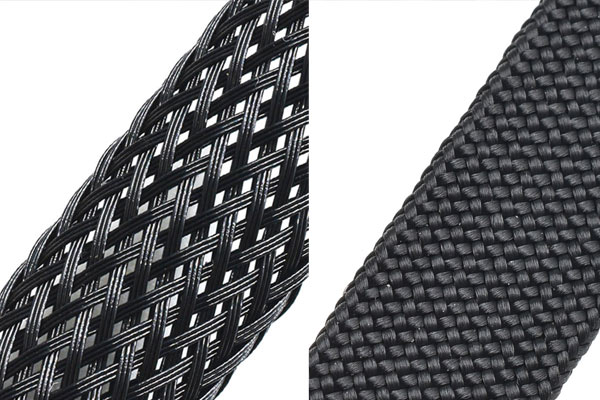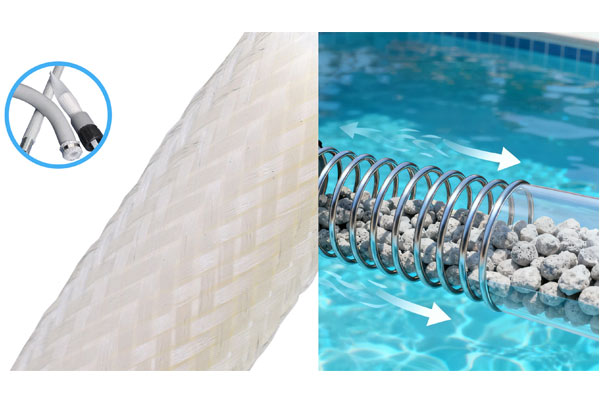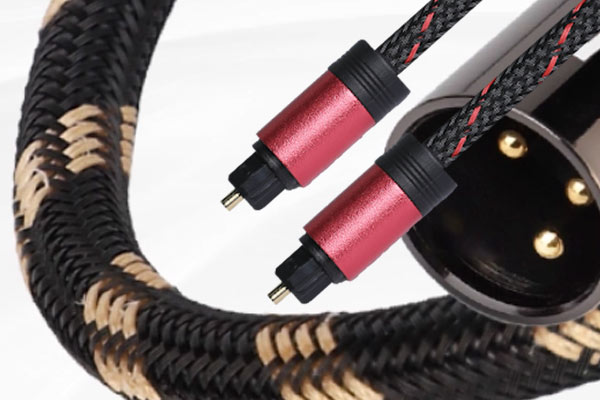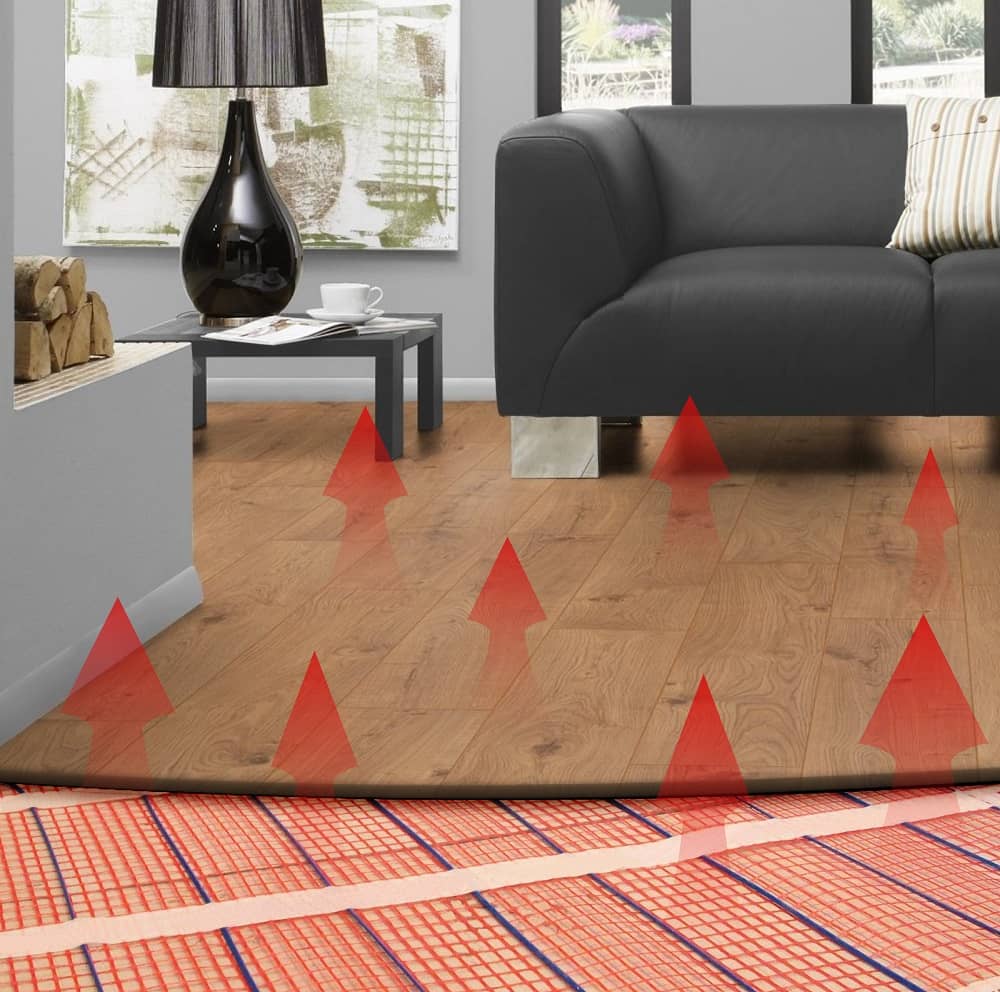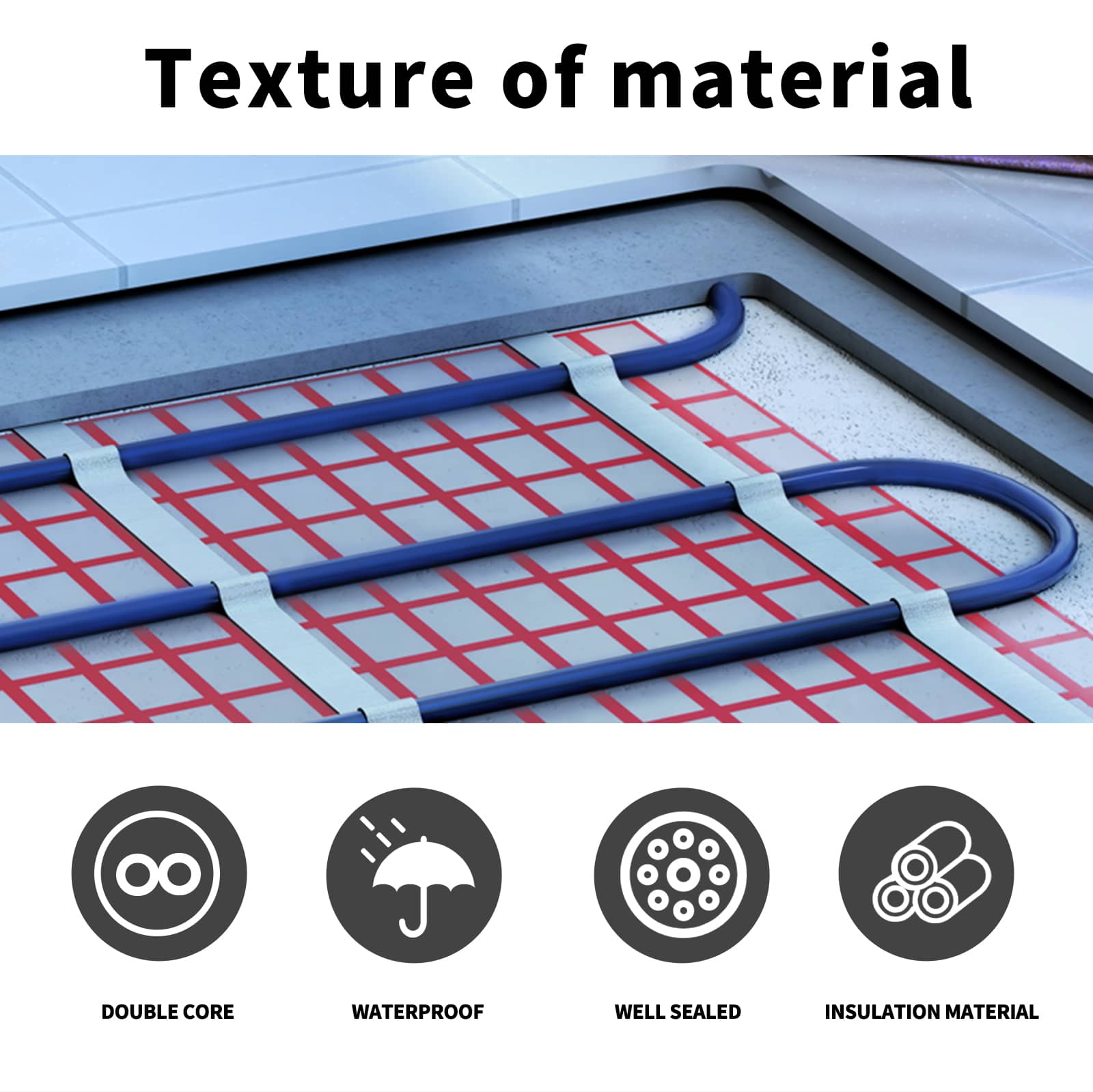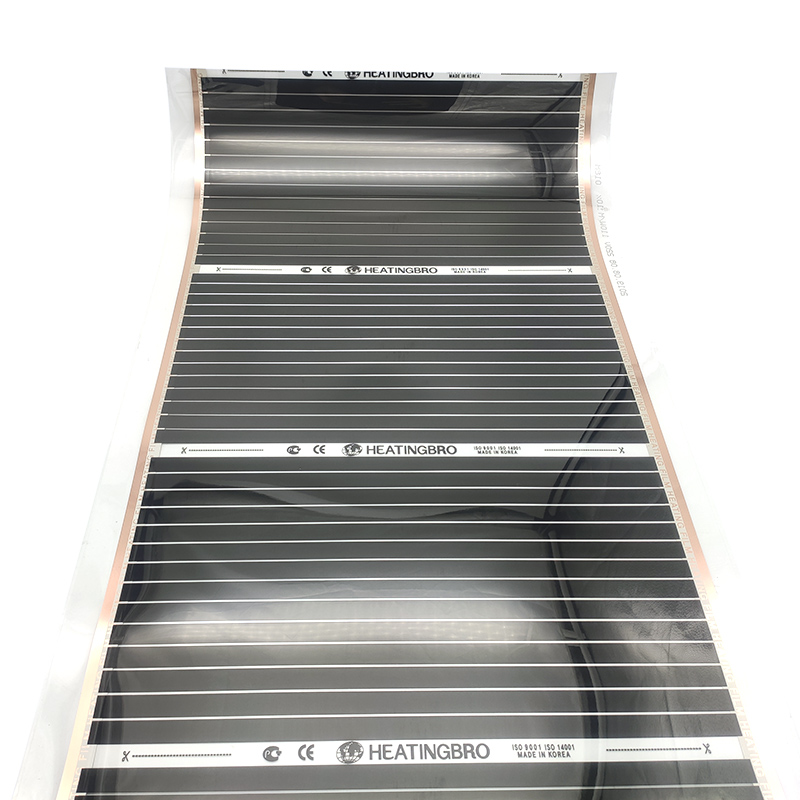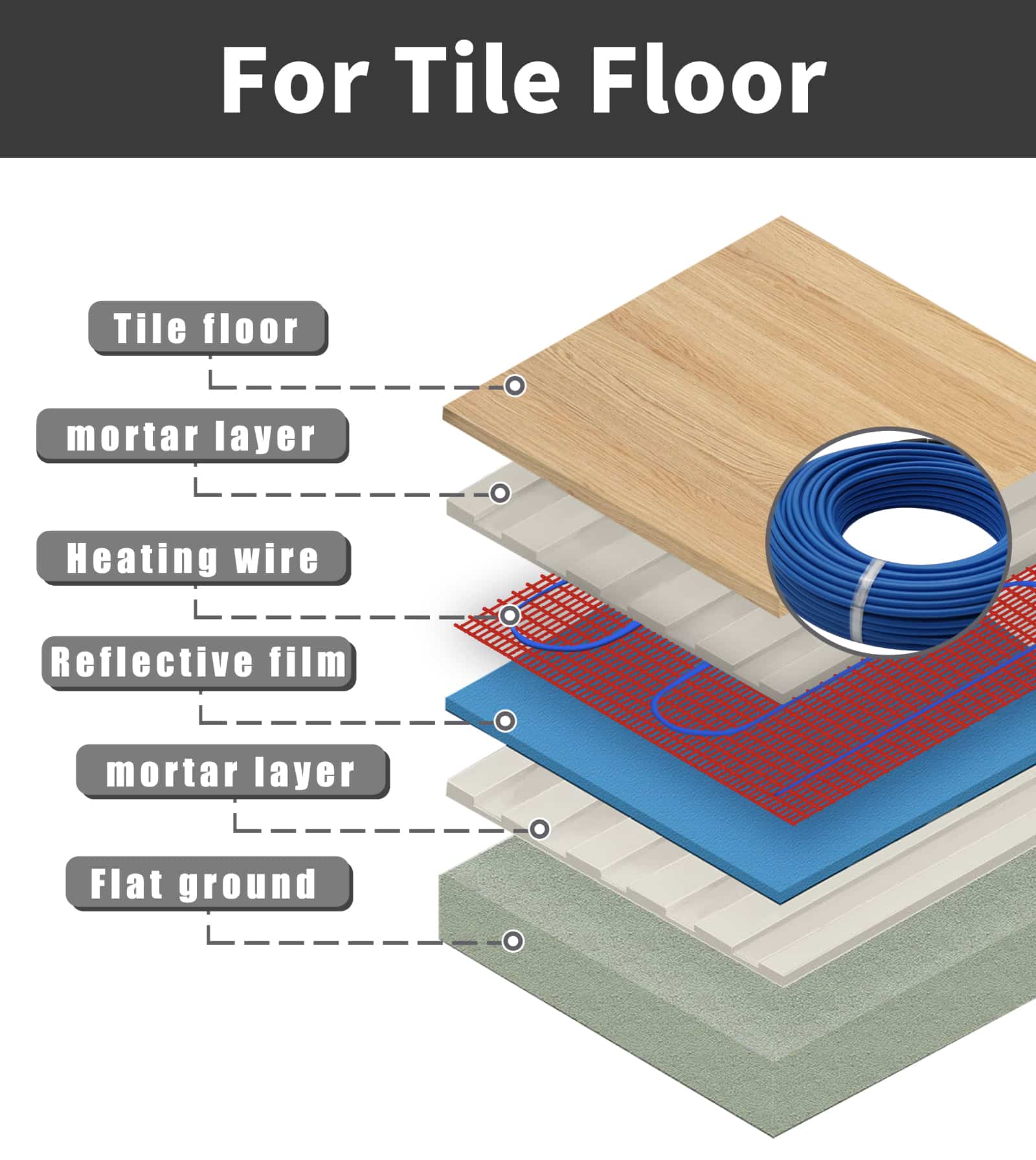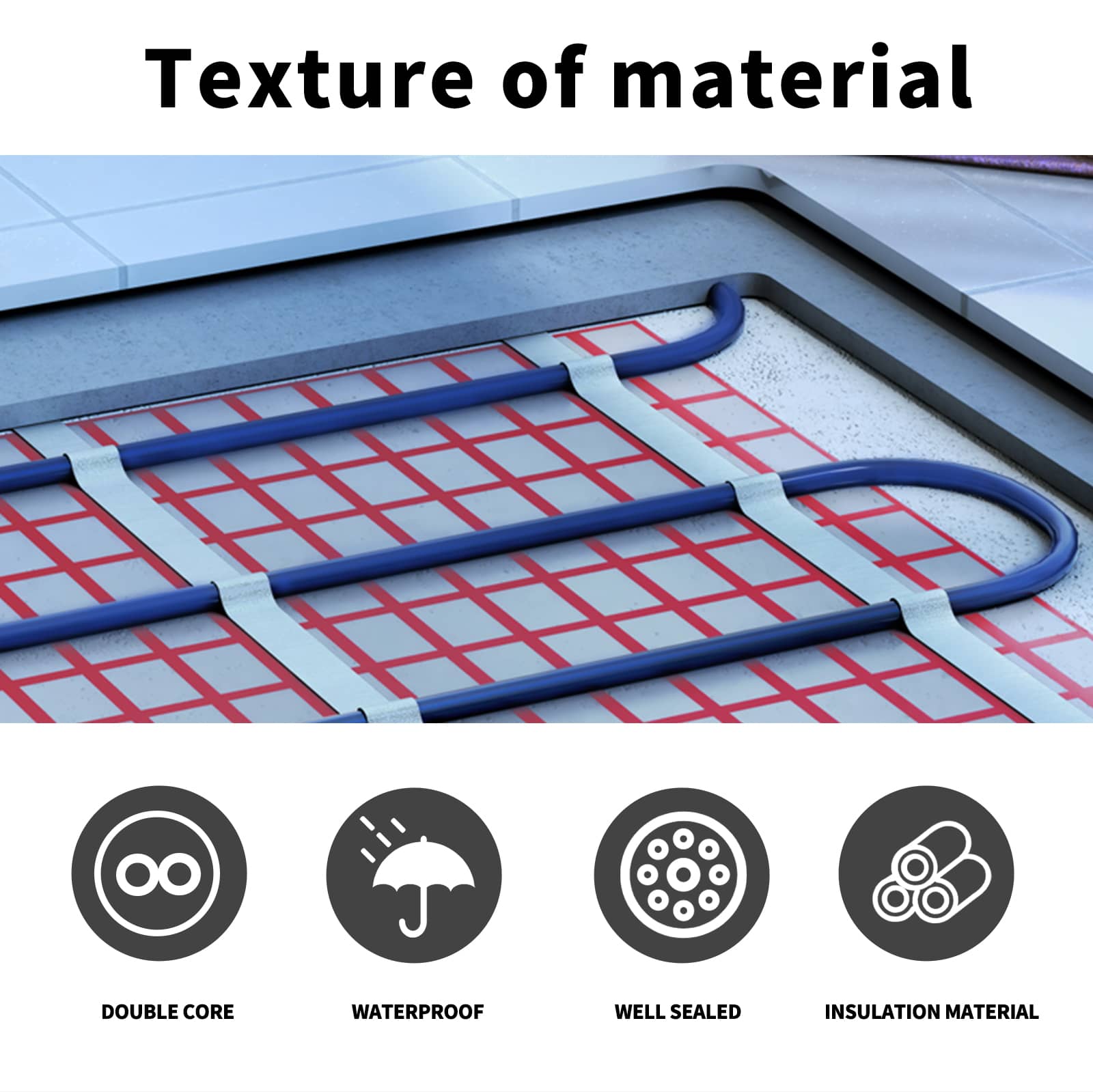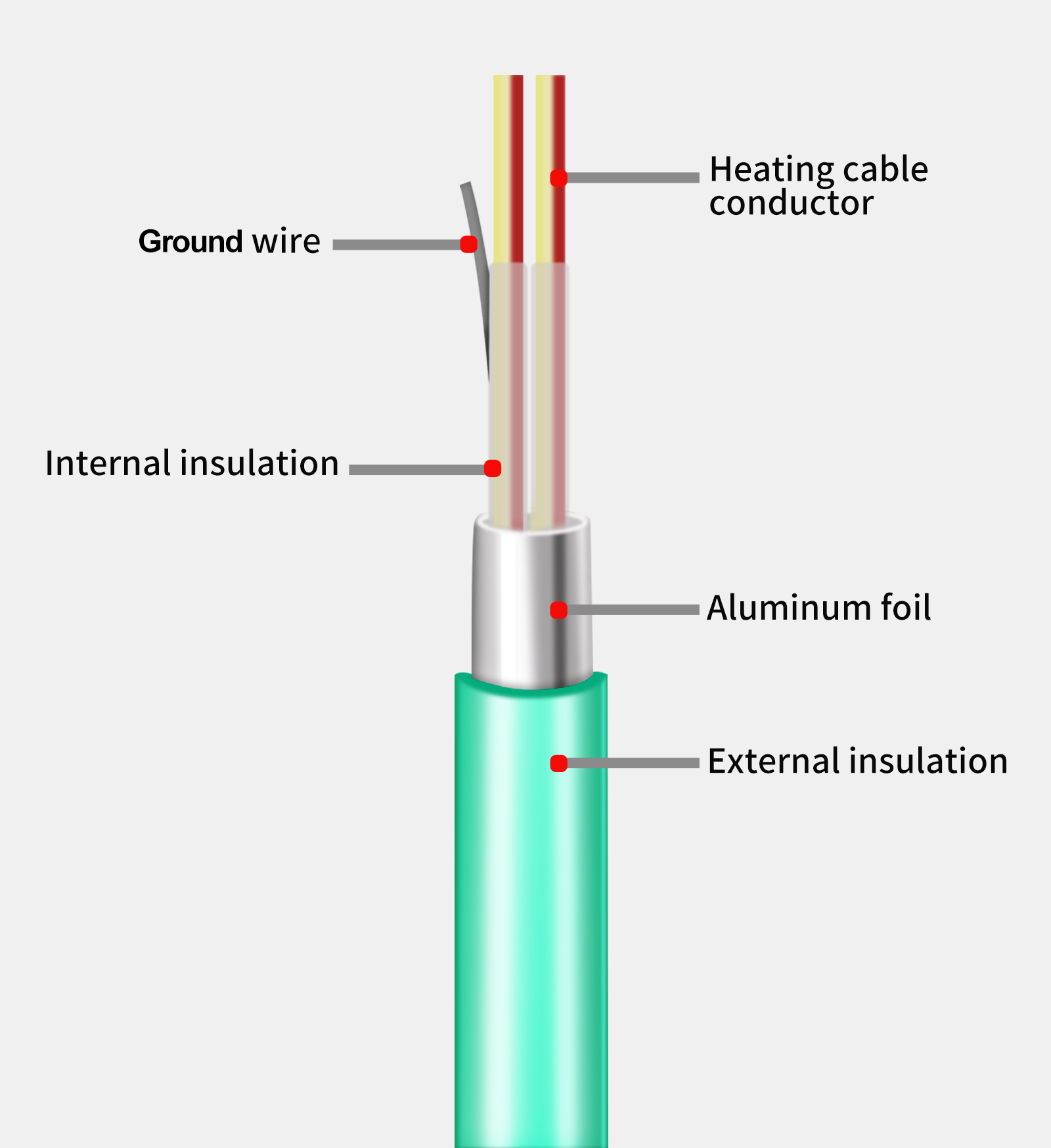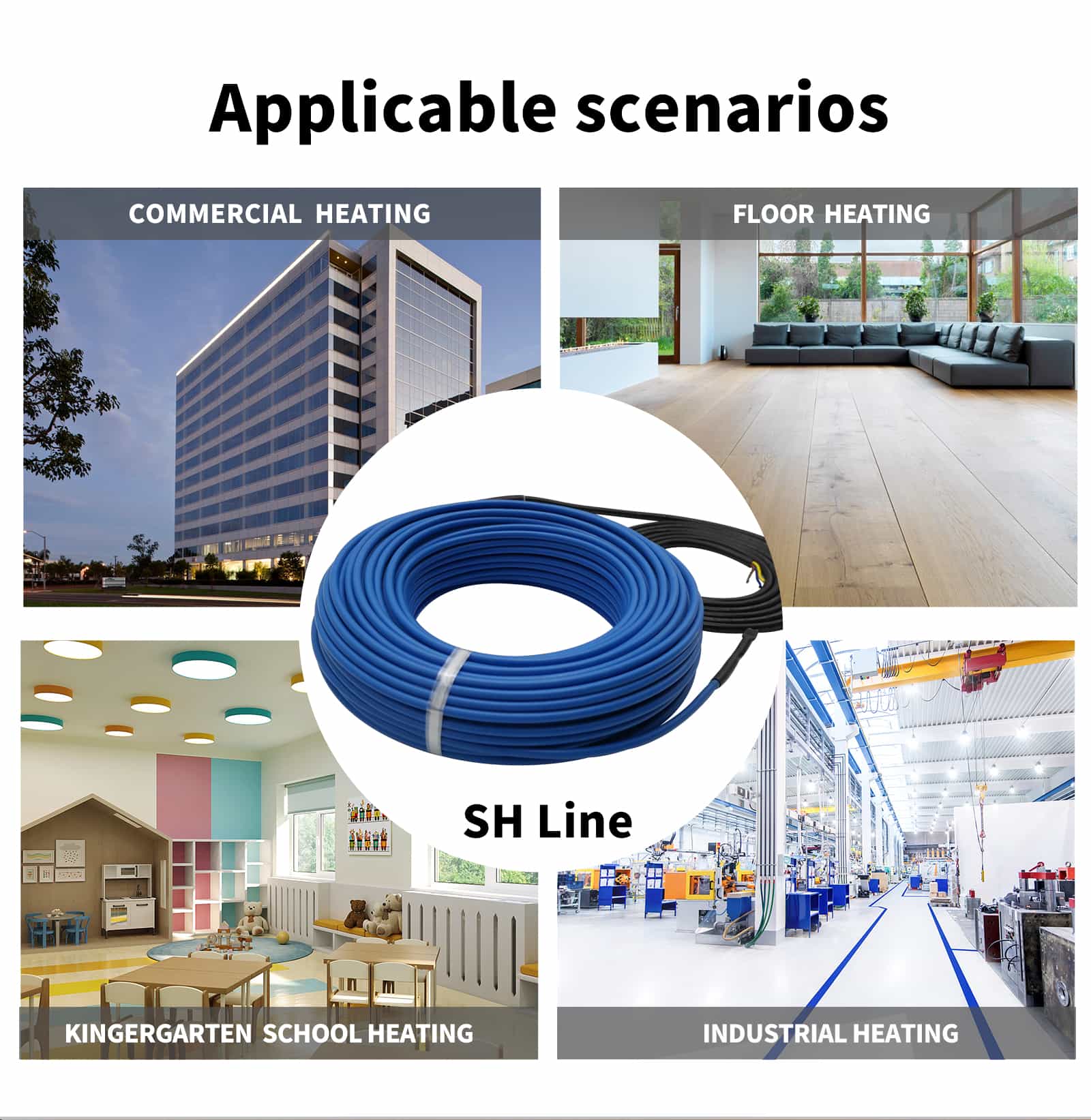In industrial environments, cable protection needs vary significantly. Different application scenarios impose distinct requirements on material properties, mechanical durability, temperature resistance, flame retardancy, and environmental protection levels.
Let’s analyze how requirements differ across key industries such as commercial vehicles, passenger cars, industrial automation, rail transit, data centers, consumer electronics, and energy systems.
1. Commercial Vehicles
Typical Applications:
Engine harness, chassis harness, powertrain wiring, sensor harness.
Key Requirements:
Performance Requirement
Reason
High-temperature resistance (up to +125°C)
Continuous heat inside the engine compartment
Low-temperature resistance (-40°C)
Harsh winter environments in Europe
Exceptional abrasion resistance
Vibration, stone impact, road debris
Flame retardancy (UL94 V0/V2)
Mandatory safety standards
Chemical resistance
Diesel, oil, DEF, salt spray
High mechanical protection
Prevents wiring failures in critical systems
Typically uses heavy-duty, high-density, highly abrasion-resistant PET sleeving.
2. Passenger Cars
Typical Applications:
Instrument panel harness, door wiring, seat harness, interior cables.
Key Requirements:
Performance Requirement
Note
Lightweight
Reduces vehicle mass
Excellent flexibility
Suitable for complex cable routing
Color customization
Harness differentiation
Moderate abrasion resistance
Interior environment is stable
Usually uses standard-grade PET braided sleeving.
3. Industrial Automation & Robotics
Typical Applications:
Robotic arms, drag chain cables, industrial sensors.
Key Requirements:
| Performance Requirement | Note |
| Extreme abrasion resistance | Constant repetitive motion |
| Superior flexibility | Ensures free robotic movement |
| High cut resistance | Protects against sharp metal edges |
| High expandability | Accommodates multiple cables |
Often requires high-density, high-flexibility, wear-resistant PET sleeving, sometimes reinforced with PA yarn.
4. Rail Transit & Aerospace
Typical Applications:
Rail car wiring, train communication cables, aircraft cable bundles.
Key Requirements:
Performance Requirement
Note
High flame retardancy (UL94 V0, EN45545)
Critical safety compliance
Low-smoke, halogen-free
Reduces toxic fumes during fire
Temperature and radiation stability
Long-term environmental endurance
High-level protective structure
Reduces maintenance cost
May require special flame-retardant PET, PPS, or PEEK sleeving.
5. Telecom Equipment & Data Centers
Typical Applications:
Server racks, network cables, fiber optic routing.
Key Requirements:
| Performance Requirement | Note |
| Clean and organized cable management | Improves service efficiency |
| High flexibility | Prevents damage to fiber optics |
| Flame retardancy | Required by data center regulations |
Uses soft PET or LSZH flame-retardant sleeving.
6. Home Appliances & Consumer Electronics
Typical Applications:
Vacuum cleaners, small home appliances, electric tools, game devices.
Key Requirements:
| Performance Requirement | Note |
| Soft and lightweight | Suitable for consumer product design |
| Wide color range | Matches product appearance |
| Moderate abrasion protection | Indoor usage environment |
Primarily standard PET sleeving.
7. Energy Systems (Battery Packs, Inverters, PV, Wind Power)
Typical Applications:
Battery wiring harnesses, high-voltage cables, inverter wiring.
| Performance Requirement | Note |
| High flame retardancy | Ensures battery system safety |
| High abrasion resistance | Vibration in battery compartments |
| Chemical resistance | Coolants, lubricants |
| High-temperature endurance | Heat buildup in battery packs |
Often uses flame-retardant or high-temperature PET sleeving.

